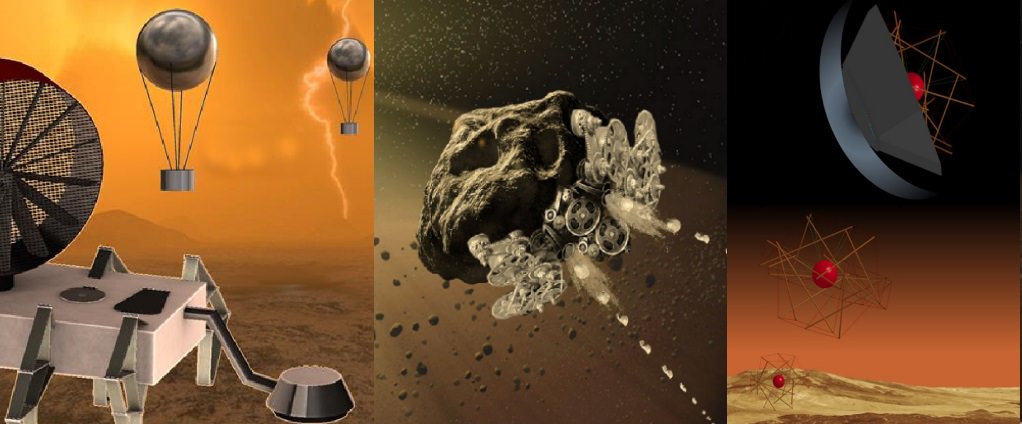On September 26th, 2022, NASA’s Double-Asteroid Redirect Test (DART) made history when it rendezvoused with the asteroid Didymos and impacted with its moonlet, Dimorphos. The purpose was to test the “Kinetic Impact” method, a means of defense against potentially-hazardous asteroids (PHAs) where a spacecraft collides with them to alter their trajectory. Based on follow-up observations, the test succeeded since DART managed to shorten Dimorphos’ orbit by 22 minutes. The impact also caused the moonlet to grow a visible tail!
However, as Hollywood loves to remind us, there are scenarios where a planet-killing asteroid gets very close to Earth before we could do anything to stop it. And there is no shortage of Near Earth Asteroids (NEAs) that could become potential threats someday. Hence why space agencies worldwide make it a habit of monitoring them and how close they pass to Earth. According to a new study by a group of satellite experts, it would be possible to build a rapid-response kinetic impactor mission that could rendezvous and deflect a PHA shortly before it collided with Earth.
Continue reading “It’ll be Tough to Stop an Asteroid at the Last Minute, but not Impossible”

